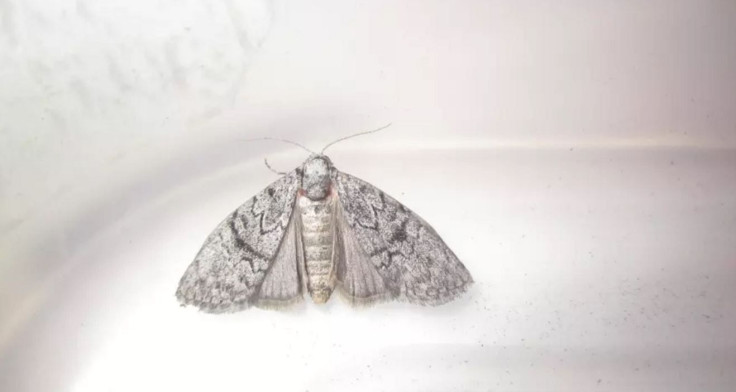Sex Science: Listening To Female Signals Gives Animals Edge In Evolution

Actually listening to what a woman says has become a running joke about how hopeless men can get a date, but females really do want to have sex with someone who listens — animal science proves it.
Researchers looked at the sensory organs of moths to find out whether more sensitive ones led to better mating. Larger antennae, which can pick up on more signals from females, gave the males an edge in finding mates, according to a study in the journal The Science of Nature. And having an advantage in mating means those males will pass on their genes more often than males with smaller antennae, thus pushing forward evolution’s process of natural selection.
Read: Moth Caterpillars Could Save the World from Plastic Pollution
Being more receptive to sexual signals as a driver for evolution is “an idea that has been largely ignored,” the study says, even though Charles Darwin, the father of evolution science, proposed it in the late 1800s in addition to his more well-known idea that females may more likely prefer and choose “elaborate male signals.”
“The male is effectively advertising his qualities and if a female chooses to mate with him, the genes for his traits are passed on to their offspring in the next generation, ensuring the evolution of the male display and the female’s preference,” the University of Melbourne said in a statement.
But the research suggests that males who listen to females and pick up on their signals are also indeed more likely to procreate.
Specifically the scientists tested the idea by setting traps for moths with different levels of pheromones released by their female counterparts. Males with longer antennae were attracted to traps with the pheromones of only one female, while shorter antennae led males to traps with pheromones from two females — showing that the longer antennae were more sensitive to subtler clues like lower pheromone levels and thus more likely to find a mate for the moth attached to them.

In their study, the scientists called that process an “unappreciated role.”
The moths used are called gum-leaf skeletonisers because of how they tear apart the leaves on eucalyptus trees to leave behind mostly veins, and can also cause skin irritation in humans. They live for just a week and during that short time, the males have to beat out their compatriots to find and attract a mate.
“Males that are good listeners apparently make attractive mates,” evolutionary biologist Mark Elgar said.
Read: Sex-Obsessed Animals Are Killing Themselves
The females were also found to release less pheromone in an effort to attract only the males with larger antennae, because she wants the best mate possible and believes those males are of the highest quality.
“These males may be better mates because producing and maintaining a large sensory structure is costly” in terms of biological energy, Elgar said. “Those male qualities may be passed onto her offspring.”
© Copyright IBTimes 2024. All rights reserved.





















